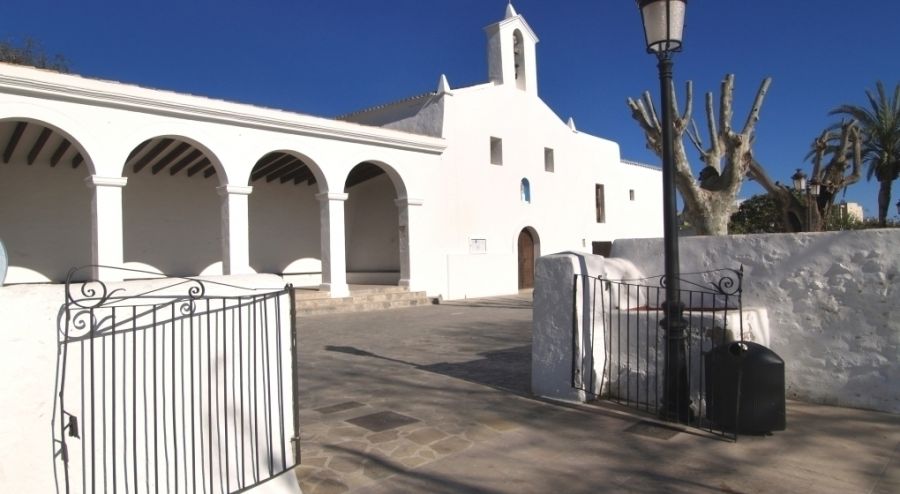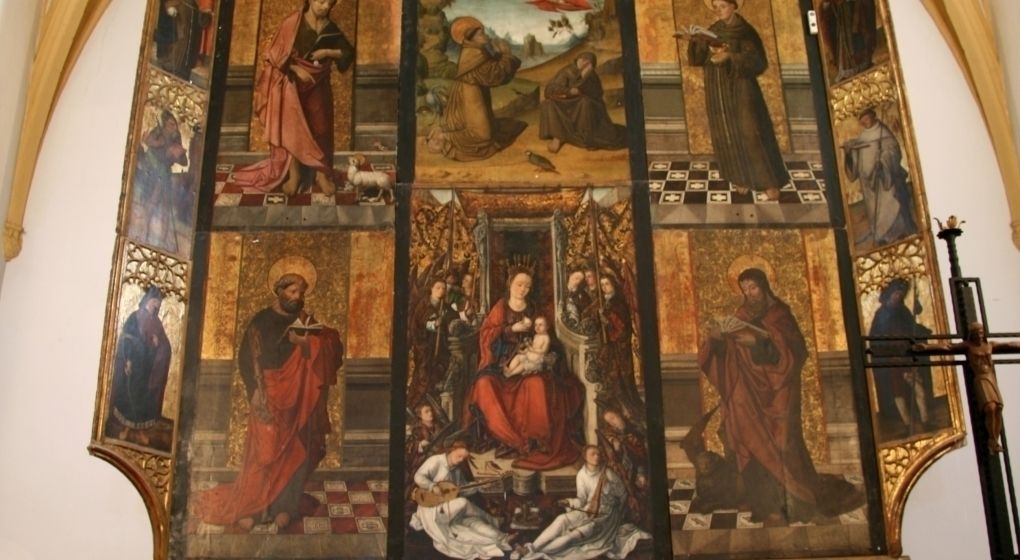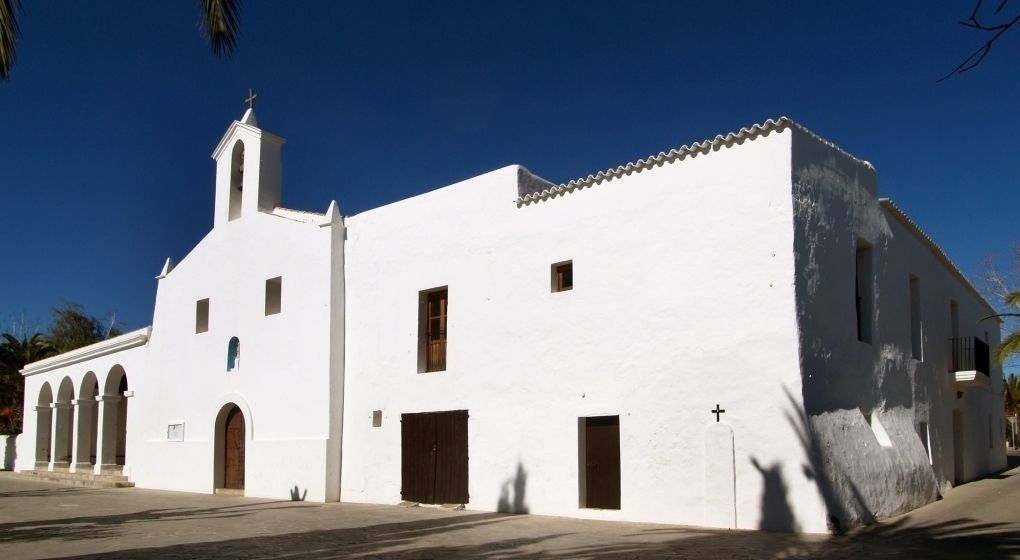
Jesús
Jesús is the entrance door to the municipality of Santa Eulària des Riu from the town of Ibiza. Jesús has always been a welcoming place.
The Town
The urban area was built around the church. Jesús is the neighboring parish to the municipality of Ibiza. The area known as “Ses Feixes”, shared by both municipalities has a high historical, social and heritage significance. A large number of Jesús residents live in the periphery of the town centre either in small developments such as Roca Llisa, were the Golf course is located, or in scattered houses in the countryside.
Ses Feixes
Since the days of the Muslim settlers, “Ses Feixes” are pieces of agricultural land that used the humidity from the surrounding lands of the Ibiza port and the Talamanca bay for farming. The entire wetlands area is divided into two parts; the “Prat de Vila”, with 306 square meters and 84 pieces of land and the Prat of ses Monges, with 307.000 square meters and 61 pieces of land. Nowadays most of the area belongs to the municipality of Ibiza and a smaller part to Santa Eulària des Riu. Through the porches with wooden doors and facades made of stone, mud and plastered with lime, gravel and sand you could access the fertile lands. Throughout long periods of time, these lands were thriving with animal husbandry and several agricultural uses and were also used as a refuge by the population of Vila and others during the civil war. In the old days people would meet in these pieces of land (“feixes”) and share the different tasks such as the harvesting of the different crops.
The Church
The church, built by the Franciscans at the end of the 15th century, received many additions over the years.
Even though nowadays it is considered as part of the urban area of Jesús, it was originally a place of worship for the fishermen that lived outside the city walls of Ibiza. It boasts an altarpiece allusive to Jesus’ Mother.
It has a lateral porch. The door in the western end is directly oriented to the interior.
Once we go through it we first find the choir (chorus), which is a wooden platform. The nave has three chapels on each side, all of them of small dimensions except the “capella fonda” (deep chapel), which is near the presbytery.
The Altarpiece
Represents God’s Mother and is one of the most important artistic historic treasures of the Pitiusas. It was painted with a refined style in the workshop of Roderico and Francisco de Osona in Valencia around 1498. It uses the gothic heritage and at the same time introduces many innovations from the Italian paintings of the renaissance art at the beginning of the Cinquecento.
Gallery


















